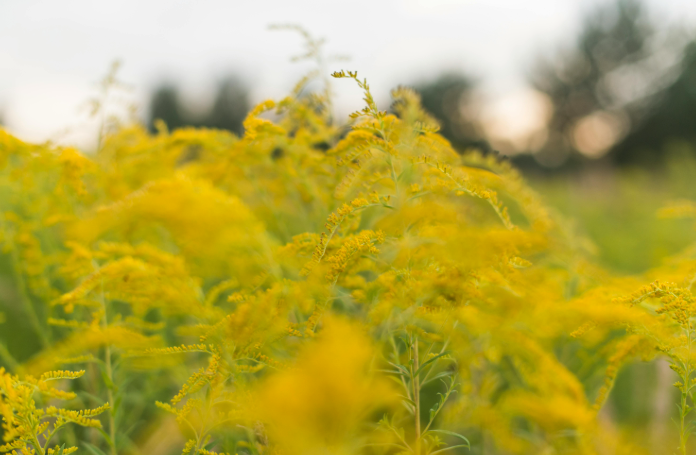Spring is in full swing in South Carolina, bringing with it the unmistakable yellow dust of tree pollen—and a wave of allergy symptoms for many residents. Cars, sidewalks, and porches are covered in a fine layer of pollen, while itchy eyes, sneezing, and congestion are becoming all too common.
While the highly visible yellow pollen primarily comes from pine trees, other trees such as oak, hickory, cedar, walnut, and willow are also releasing pollen that can trigger allergies. Across the Upstate, Midlands, and Coastal regions, tree pollen levels are expected to remain high throughout the week, while grass pollen levels are forecasted to be moderate.
Adding to the problem, studies suggests that climate change is extending allergy season. Warmer temperatures mean fewer freezing days, lengthening the growing season and increasing the time plants release pollen. Between 1970 and 2024, the Southeast has seen its freeze-free season increase by 18 days, leading to longer and more intense allergy seasons. Additionally, rising carbon dioxide levels may be increasing pollen production in some plants, particularly grasses and ragweed.
For allergy sufferers, experts recommend keeping windows closed, using air purifiers, and regularly changing HVAC filters to minimize indoor pollen exposure. Wearing a mask while doing yard work and showering after spending time outside can also help reduce symptoms. Limiting outdoor activities during peak pollen hours, especially in the morning and early evening, may provide further relief.
Sign up for our Sunday Spectator. Delivered to your inbox every Sunday, with all the news from the week.
















